
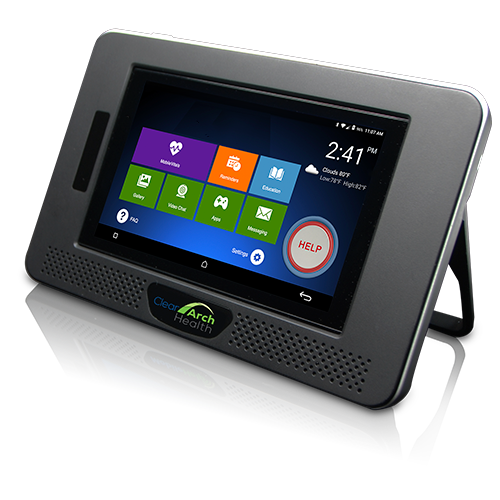

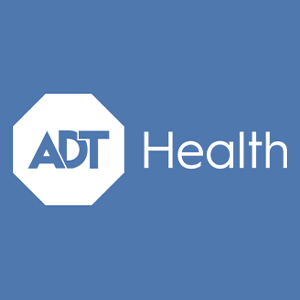
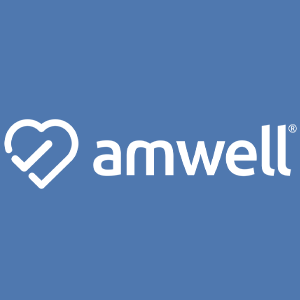
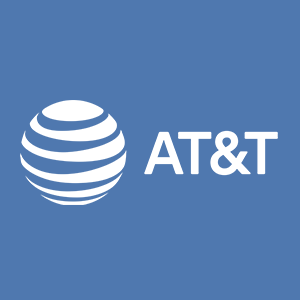
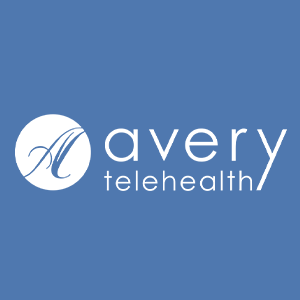
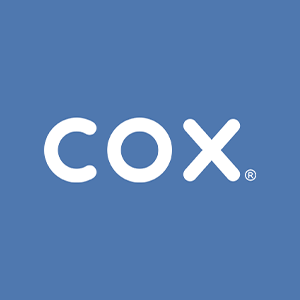
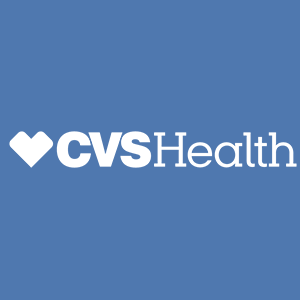
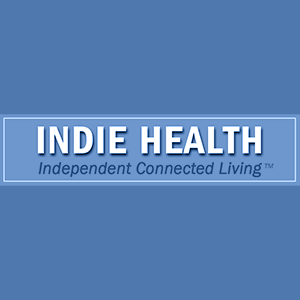
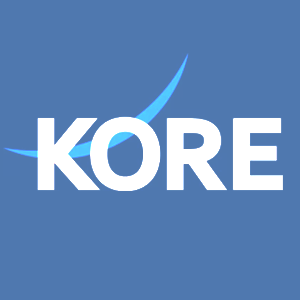
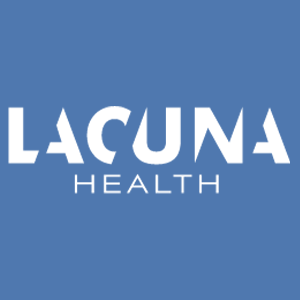
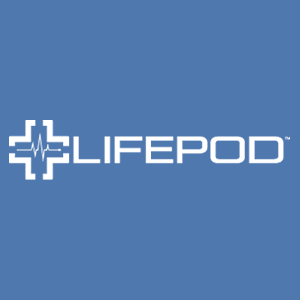
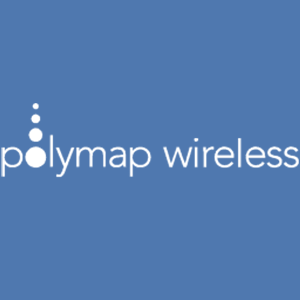
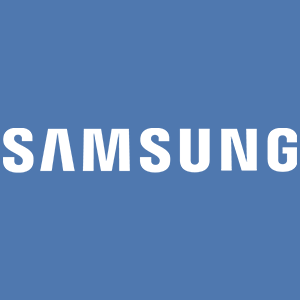
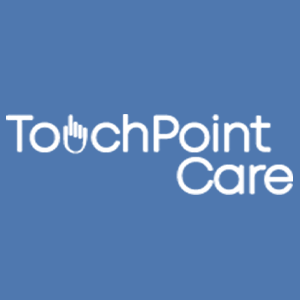
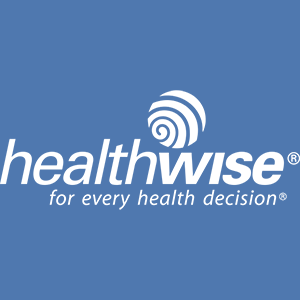
Clear Arch Health provides easy-to-adopt, turnkey remote patient monitoring (RPM) and personal emergency response system (PERS) solutions to connect healthcare providers to their patients. Our flexible programs are customized to meet your unique organizational needs. And, by simplifying program delivery, we enable you and your clinicians to focus on what you do best – providing quality, connected care to your patients.
1. Reduction in hospital readmission and clinical visits.By equipping patients with tablets and RPM equipment, the University of Pittsburgh Medical Center reduced the risk of hospital readmissions by 76%, while boosting patient satisfaction scores by over 90%.
2. Positive ROI from RPM technology and home-based care.According to the KLAS Research report, 17% of healthcare organizations running RPM programs cited cost reductions
With CMS reimbursement for RPM, there is now more support for starting an RPM program. Clear Arch Health provides a simple, consultative approach. We can walk you through the process and answer your questions. Let us help you create an overall better experience for patients while protecting your staff.
We offer customizable programs to fit your unique patient needs, while meeting the goals of your business – from affordable pricing to outcomes.
We offer a full range of products and services to meet your program needs – including shipping, logistics and technical support.
We offer competitive pricing to ensure you get the value you are looking for at a price you can afford. Private pay options are also available.
We are here for you every step of the way, from planning your RPM program to implementing it across your organization.
Our comprehensive and seamless EHR integration capabilities give care providers the relevant, most accurate and actionable health data they need, at the right time, to deliver better patient care and improve clinical outcomes.
Let us do the heavy lifting. We can manage all product logistics and ship directly to your patients – no inventory required.
Don’t just take our word for it. Read testimonials from our clients and see how they benefit from our products.

© 2023 ClearArch, Inc. All Rights Reserved.